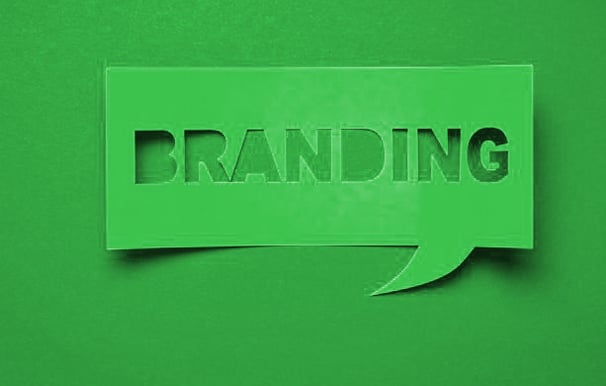

Purpose of Branding Strategy
Branding strategy is how you plan to build and define your business’s brand in a consistent manner. Your brand envelops more than just the visual aspects such as a logo, color palette, product, etc. It includes your reputation, how your clients feel about you, what your message is, and much more.
While the sheer number of factors can seem daunting, this simply means the possibilities are endless when coming up with your very own branding strategies.
Why Is It Needed?
A brand that grows and matures over time is a valuable and enduring asset for any company. If your brand can quickly stir up strong emotions or a sense of familiarity, it can become a formidable strength. However, achieving this level of impact requires time and a branding strategy that emphasizes long-term goals rather than immediate results.
Properly investing in your brand is vital for reaching a wide audience. Even if your products and services are top-notch, a competitor with a better-developed brand strategy could be engaging your potential customers and building their loyalty long before they even become aware of your offerings.
Developing A Strategy
The process of brand development varies by company, but there are key things that you can begin with. To start, you need to nail down company values, mission and identity, as well as create taglines and promises.
